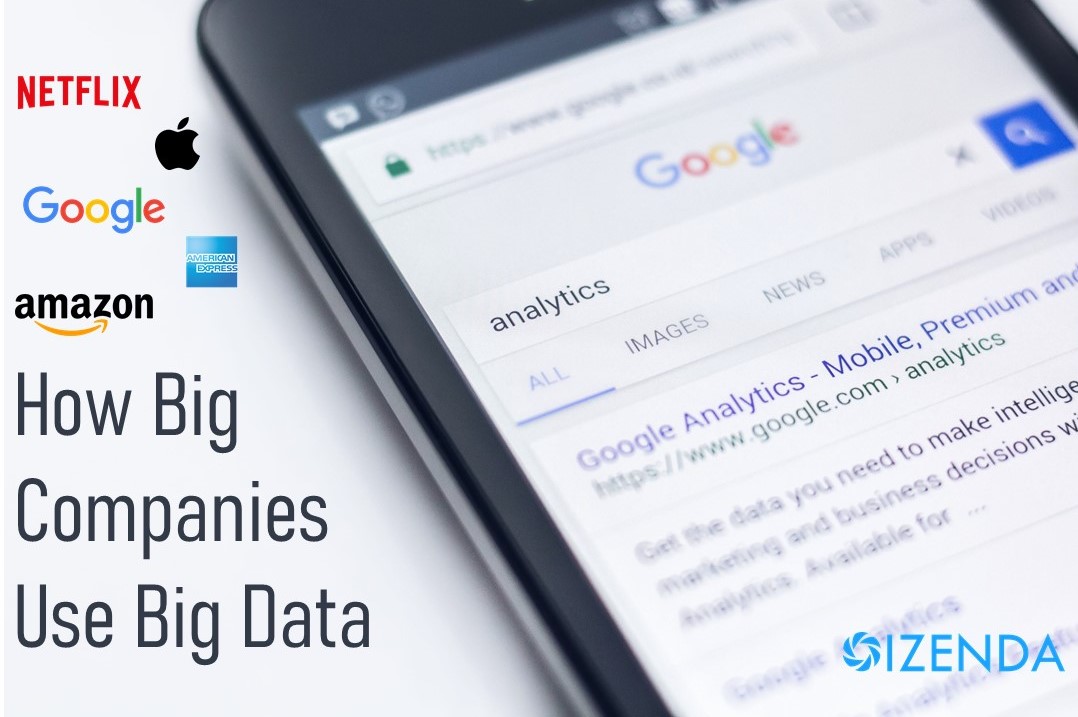



Between the ascent of .NET Core projects and the persistence of Java, evangelism for frameworks and other stack foundations seems at an all-time high.
The truth is that the best technology stack is the one that serves your company’s needs at the given moment. Perhaps Ruby on Rails helped your company build a platform that made it what it is. But today you may need the flexibility and control afforded by C# to meet your current goals. Read More

As a result, methods of managing “big data” has created a whole new world of opportunities and challenges. Many organizations understand the inherent value in their data, but it’s unlocking is where the challenges lie. Today, learning to navigate data in an organized and accurate way has given companies the competitive edge needed to make data-driven decisions.
How do they do it? With the right Business Intelligence software.

Businesses can use insights gained from data to improve efficiency and growth in many different ways. Here are some examples of how the most innovative top companies have used data analytics to their advantage. Read More

“If I had asked people what they wanted, they would have said faster horses.”
While there’s debate as to whether Henry Ford actually said this, the fact remains that customer feedback is valuable. Had Ford asked what they wanted, his customers may have said, “faster transportation,” but not necessarily have made the leap to “a combustion engine.” This leap is where the innovator must interpret the feedback and apply it to the final solution. Read More

To empower business users requires giving them access to the data they need when they need it. We can’t forget to give them the means to act on it. Software companies that embed self-service BI and analytics into core business application workflows let end-users see data in real-time for analysis. This enables them to make better business decisions by using the application’s analytics. That’s giving them insight at the point of decision.


Big Pharma is only getting bigger. Along with healthcare services and medical equipment, the pharmaceutical industry is growing at an accelerated pace. By 2021, the market is estimated to reach $1170 billion globally. And a data-driven market such as healthcare has pharmacies and drug companies looking to embedded analytics to boost profitability, prescription volume, and patient health outcomes.

Here are some interesting facts about our home state of Georgia. We are the top producer of pecans, peanuts, and Vidalia onions. We have the world’s busiest airport. And our capital has 71 streets with a variation of the word “Peachtree” in their name.
We also have some of the worst traffic in the country. But one highway is trying to change that.